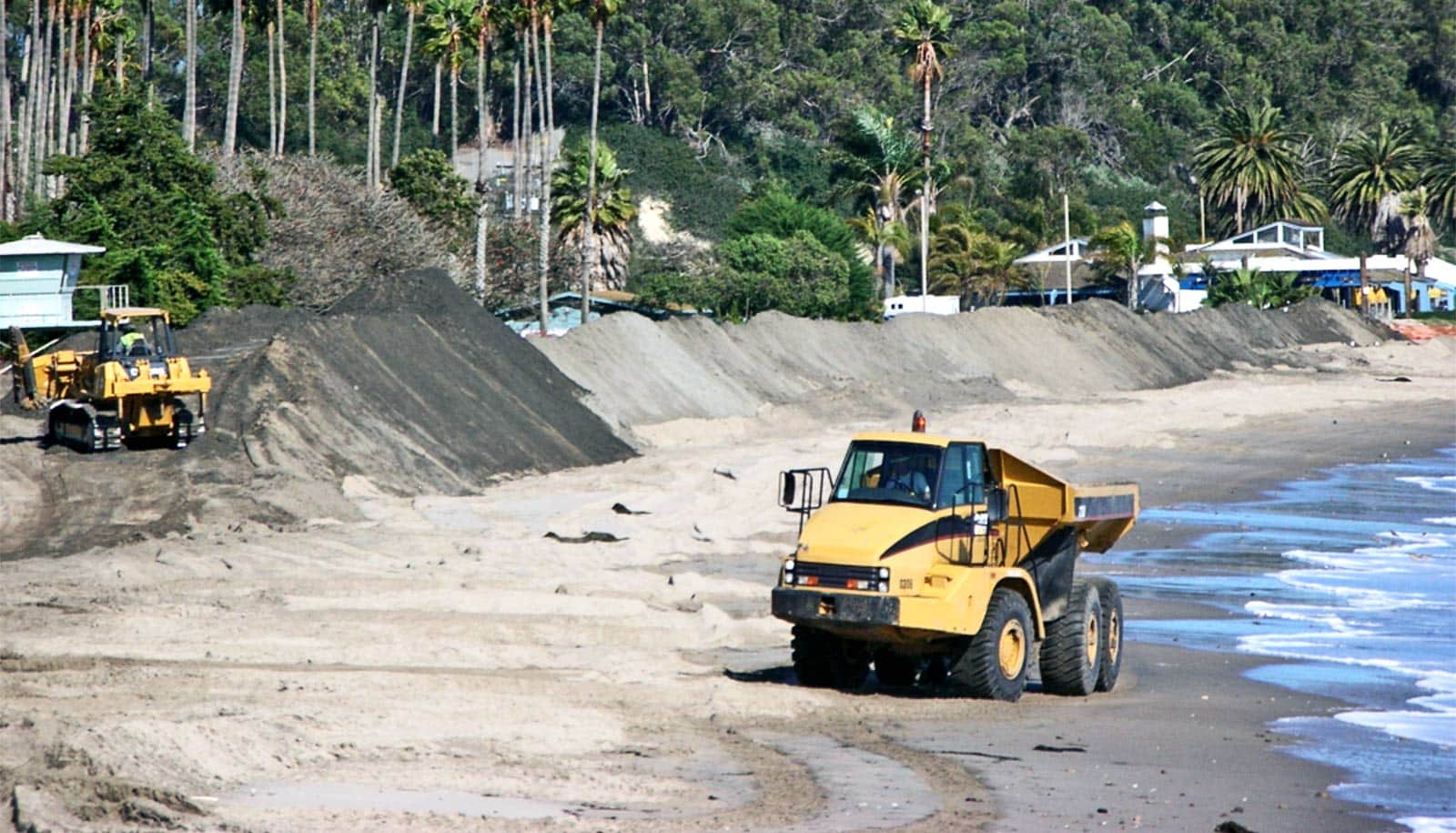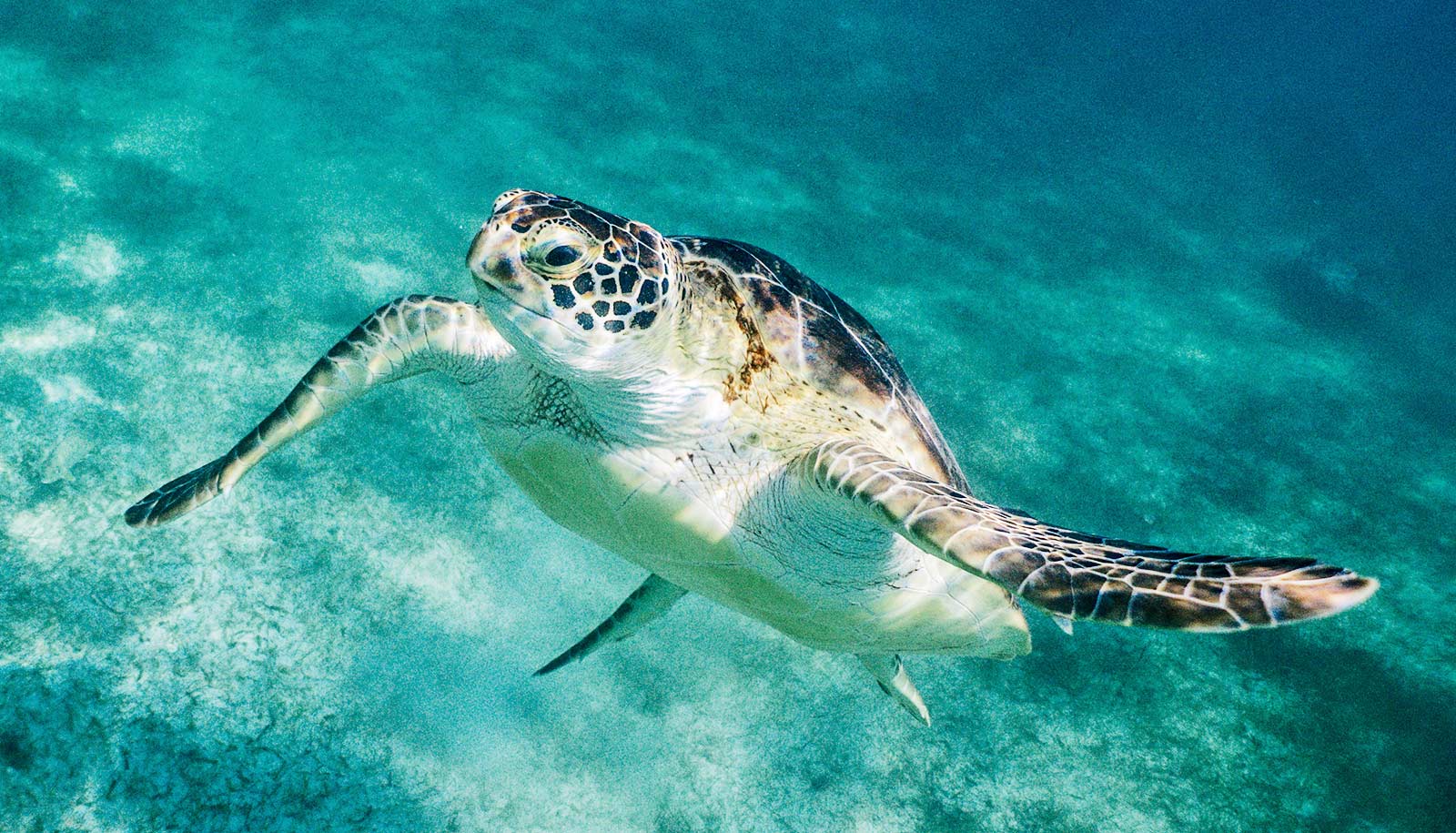Attempts to maintain the “natural beauty” of Southern California beaches are actually having a massive negative impact on the beach ecosystem overall, a new study warns.
To most people, a beach is a beach. You could likely take an image of almost any urban beach in Southern California—the flat, mostly featureless expanse of sand against blue-green water and blue skies—swap it with one of nearly any other urban beach in the area, and chances are that only a trained eye would notice the difference.
Some of these differences lie just beneath the surface, however, and are quite important ecologically. Dig just a few inches into the sand and you’ll find it teeming with life such as sand crabs, clams, and beach hoppers.
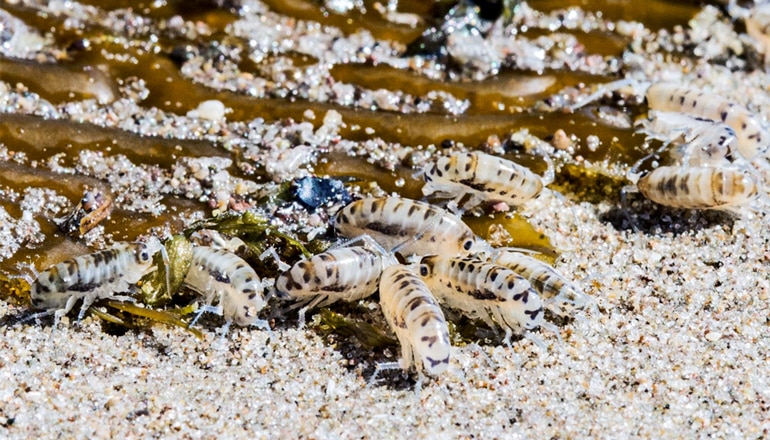
But for about a third of the sandy beaches extending from Santa Barbara to San Diego, only a small subset of these highly specialized beach animals remain, and in reduced numbers at that.
Cities up and down the coast have flattened dunes, destroyed native vegetation, and groomed the sand with heavy equipment such that what many of us have come to call “natural beauty” is in fact about as natural as a sand parking lot.
All of this, scientists write in a new paper in Ecological Indicators, has massive impacts on the larger beach ecosystem. Further, it could already have had negative effects in terms of erosion, sea level rise, and the health of the surrounding ocean and coastal ecosystems.
Too much grooming
“After studying mainland beaches in Los Angeles and San Diego, one of the big a-ha moments for me occurred when I went out to the Channel Islands to study sandy beaches that have never had vehicles driving on them and have never been subjected to grooming, filling, or bulldozers,” says coauthor Jenny Dugan, a coastal marine ecologist at the University of California, Santa Barbara.
On those beaches, she notes, coastal vegetation comes right down to the winter high-tide mark, sand collects in dunes of all sizes and shapes, and kelp washes onshore and accumulates in piles, providing food for an amazing variety and abundance of invertebrates, which, in turn, are food for shorebirds and fish.
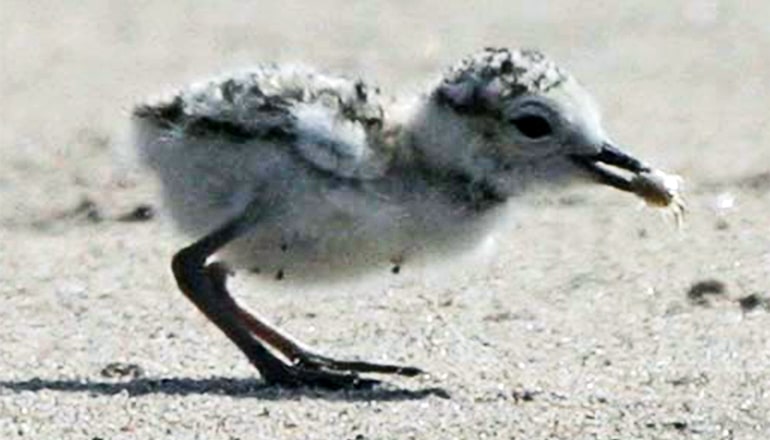
Now, we’ve disrupted this well-tuned ecosystem on urban beaches, she says. Workers often use heavy machinery to rake trash and debris out of the sand—and bring large quantities of sand from elsewhere to replenish sand that storm and wave action washes away.
Workers groom some beaches daily, often twice. The frequency of disturbance to many beaches by these widespread activities is greater than any known farming or land management practice.
“We observed strong negative responses to these intense widespread practices on urban beaches in the biodiversity, structure, and function across all the intertidal zones of beach ecosystems,” says lead author Nicholas Schooler, a postdoctoral researcher at UC Santa Barbara’s Marine Science Institute (MSI).
Some of these results came as no surprise to the researchers. In previous studies, they found disturbance from beach grooming caused strong negative impacts to upper intertidal biodiversity on Southern California beaches and in one study those impacts persisted for more than three decades.
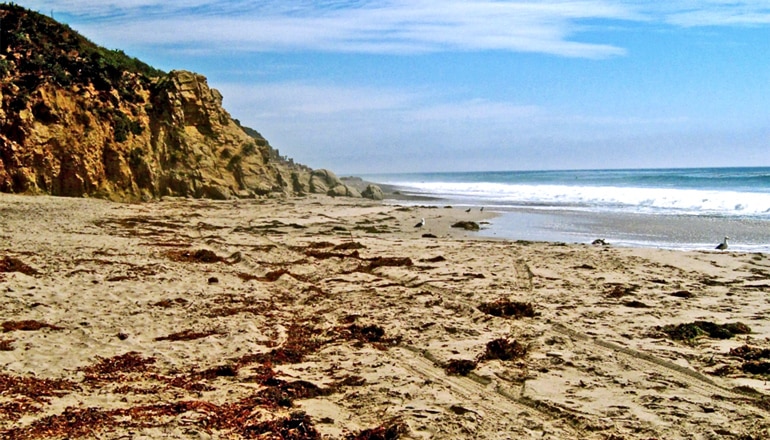
(Credit: Nicholas Schooler)
The ‘wrong sand’
The current study took a much wider and deeper look at the diversity of beach ecosystems these management practices affect, revealing the scale of impacts across the entire intertidal zone as well as the region.
“We explored how disturbance from these management practices affected ecological communities on different spatial scales,” Schooler says, “including that of littoral cells, which are basically compartments of the coast that contain a sand source, usually rivers, alongshore transport of sand by waves and currents, and a sink where sand exits the system, such as a submarine canyon.”
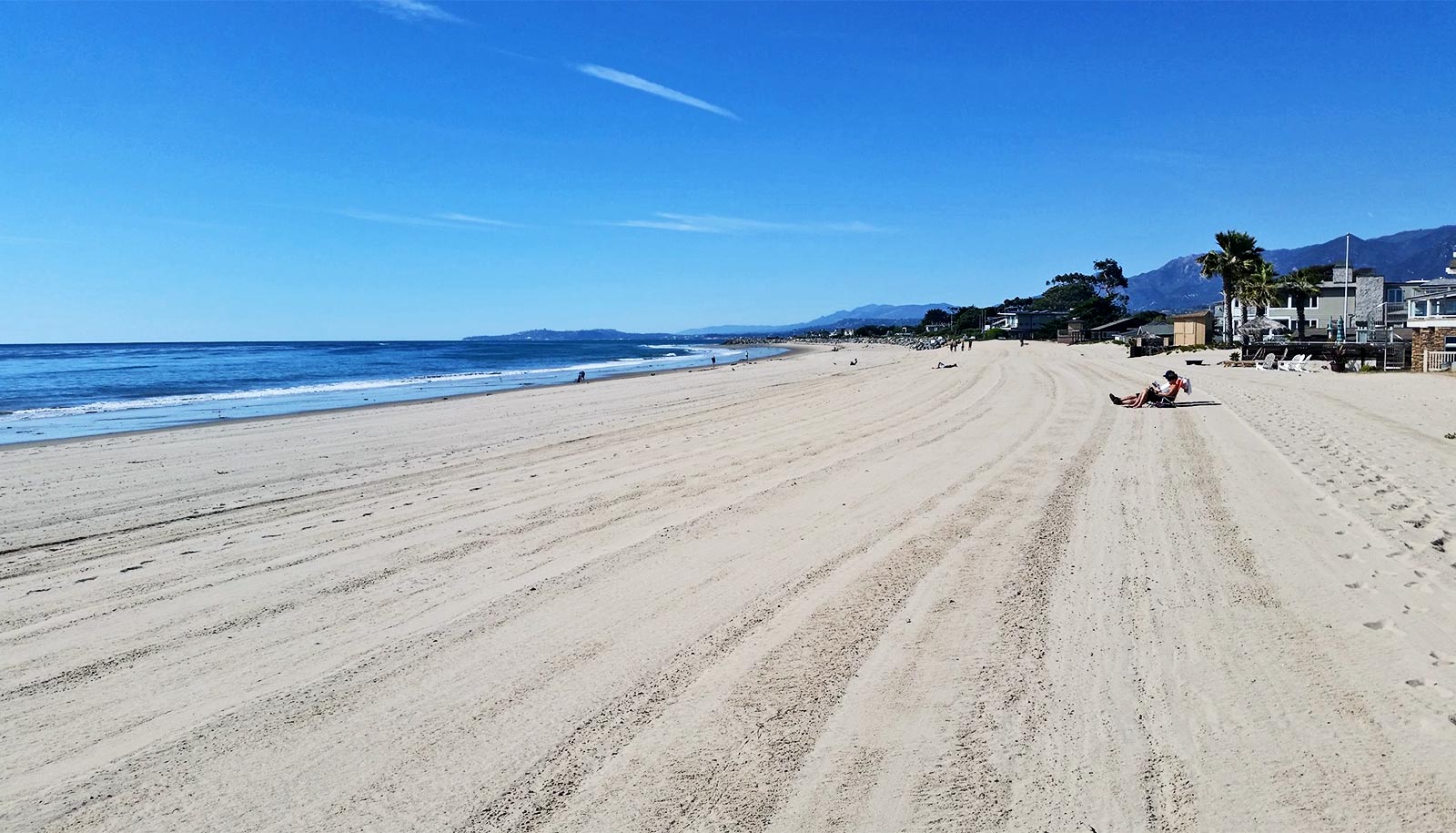
The results are sobering. In comparisons between select urban beaches in Carpinteria, Malibu, Santa Monica, Redondo Beach, Huntington Beach, and Carlsbad, and neighboring, minimally disturbed “reference” beaches within the same littoral cells, the scientists found that urban beaches were missing up to half of the natural inhabitants. The ones that remained tended to be the same few species across all littoral cells.
“Beaches within a littoral cell can often support very similar intertidal communities, but those communities vary distinctly from cell to cell,” Schooler says. However, the disturbance to the sand grooming and filling on urban beaches causes has homogenized the intertidal communities of those beaches across littoral cells in Southern California, he says.
One reason for the impacts is that in addition to the habitat destruction and disturbance by the heavy machinery used for grooming, beaches are often nourished or filled with the “wrong” sand, Dugan says.
“Many beach species are very sensitive to sand grain-size,” she says. Beach clams, for instance, require fine-grained sand in order to flourish. But the sand dump trucks bring in to fill urban beaches comes from harbor dredging or quarries miles away and is coarser than the long-lived, slow-growing beach clams can handle. An increase in sand grain-size from beach filling can exclude a great variety of species of beach animals from living on an urban beach.
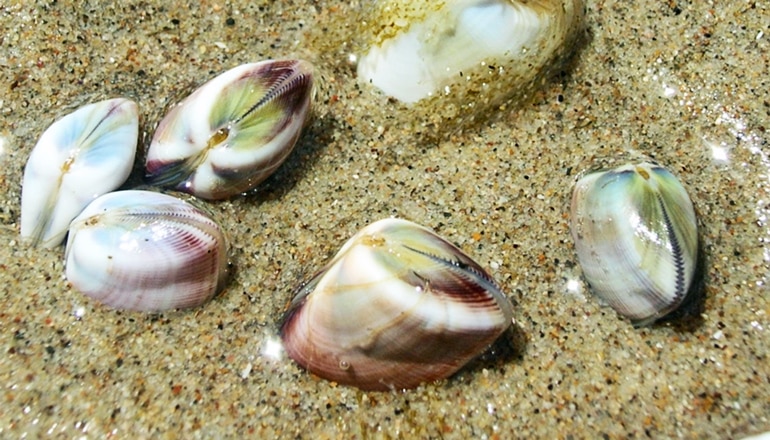
Well-groomed beaches or healthy ecosystems?
The severe drop in intertidal species diversity the study documents is a cause for concern—and not only because of the loss of unique intertidal species. It also renders the urban beach ecosystem more susceptible to collapse.
Fewer species occupying important roles in the food web means that the system is more likely to be thrown out of balance should one species disappear. Reduced diversity and abundance of invertebrates in the sand could also mean less food for the fish and shorebirds that depend on beaches.
Although sandy beach ecosystems are generally thought of as highly resilient given their conditions of constantly moving sand and water, the findings show how sensitive these ecosystems are to human disturbance.
This was particularly apparent for wrack-associated species—the small invertebrates that inhabit the upper intertidal zone and rely on stranded kelp wrack for food and shelter. This group typically represents around 40% of the biodiversity on Southern California beaches.
“For one of our urban study beaches, wrack-associated species were completely undetectable in our surveys, representing a major loss in both diversity and ecosystem function,” Schooler says. The extreme vulnerability of wrack-associated species follows a theme in their continued research on sandy beach ecosystems.
“This study will force us to make critical choices about whether we value well-groomed beaches or healthy natural ecosystems,” says David Garrison, a program director in the National Science Foundation’s Division of Ocean Sciences, which funded the research. “Shorebirds and other marine life we value are critically dependent on resources provided by thriving ecosystems.”
“We started out doing ecology for ecology’s sake, asking basic questions on the diversity and functioning of sandy beach ecosystems,” says coauthor David Hubbard of MSI. “The more we worked in Southern California, the more we realized how altered many of the beach ecosystems were.”
With this new information, however, the researchers hope to turn some of that around. Managers of urban beaches, such as those in the Beach Ecology Coalition, are receptive, the researchers say. It will take more education, they note, but if the managers better understand, for instance, that native dune plants can prevent beach erosion and buffer against sea level rise, or that a healthy beach invertebrate population could take care of kelp wrack without help from heavy grooming equipment, some unique species richness and ecosystem resilience could be restored to sandy beaches.
The California Sea Grant, the University of Southern California Sea Grant, the Ocean Protection Council, the National Science Foundation, the California Coastal Commission, the Bureau of Ocean Energy Management, and the UC Santa Barbara Coastal Fund supported the work.
Source: UC Santa Barbara
